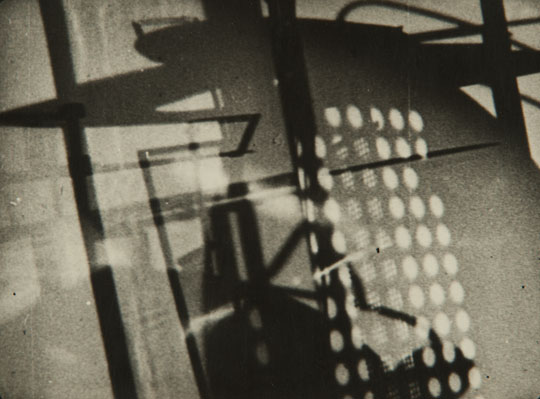The profound influence of the Bauhaus School, which included training in crafts and fine arts, is inestimable. Over a 14-year period, its innovative methods, utilitarian philosophy and utopian social vision transformed art, architecture and design for the modern age.
Established in 1919 in Weimar, Germany, the school boasted a teaching faculty of world-class practitioners that included Paul Klee, Wassily Kandinsky and Josef Albers. In comparison with these esteemed artists, however, the significance of Hungarian artist Laszlo Moholy-Nagy, another key member of the school's teaching ensemble, is somewhat less known.
"Moholy-Nagy in Motion" at the Museum of Modern Art, Hayama, in Kanagawa Prefecture, is Japan's first retrospective of the artist's work, chronologically presenting more than 300 creations from his wide-ranging career as it reanalyzes his legacy for the 21st century.



